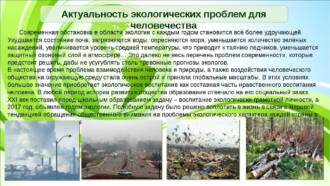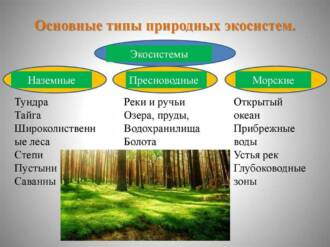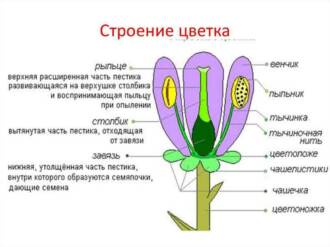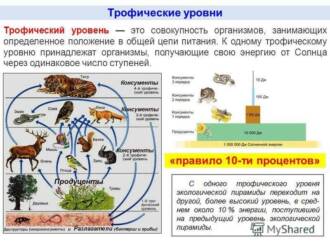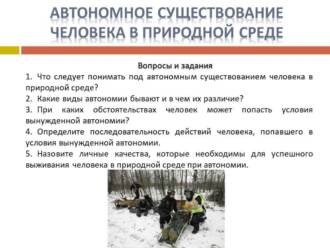
Butterflies are one of the most beautiful and amazing creatures on the planet. They not only serve as a source of delight for the eyes, but also play an important role in the ecosystem. Butterflies are indispensable helpers in the pollination of plants, which contributes to their reproduction and conservation. In addition, butterflies are an important link in the food chain, serving as prey for other animals.
One of the main functions of butterflies is to pollinate plant flowers. Butterflies are attracted to flowers by their bright and colorful wings, as well as by the smells given off by the nectar. While visiting flowers, butterflies transfer pollen from one flower to another, contributing to the fertilization of plants. Thus, they play an important role in the reproduction of plants and the conservation of their biodiversity.
In addition, butterflies are important components of the food chain. Adult butterflies serve as a food source for many predatory insects, birds and mammals. In turn, caterpillars, eggs and larvae of butterflies serve as food for other species of animals. Thus, butterflies play the role of a "food base" for many species of animals and help maintain balance in the ecosystem.
In general, butterflies are important contributors to the ecosystem. Their role in pollinating plants and maintaining the food chain makes them indispensable helpers in maintaining the natural balance. Therefore, the protection of butterflies and their habitats is becoming an increasingly important task for the conservation of the biodiversity of our planet.
Why are butterflies needed in nature?
Plant pollinators
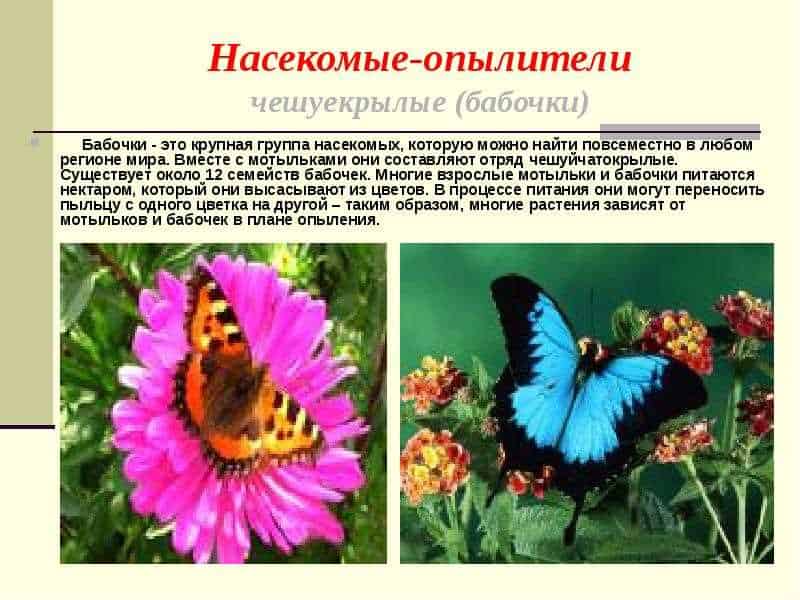
Butterflies play an important role in the ecosystem, as they are one of the main pollinators of plants. While visiting flowers, butterflies accidentally deposit pollen on their legs and body, which is transferred to other flowers, facilitating pollination. Through this process, plants can produce seeds and reproduce, which is the basis for the conservation and development of the plant world.
Food for other animals
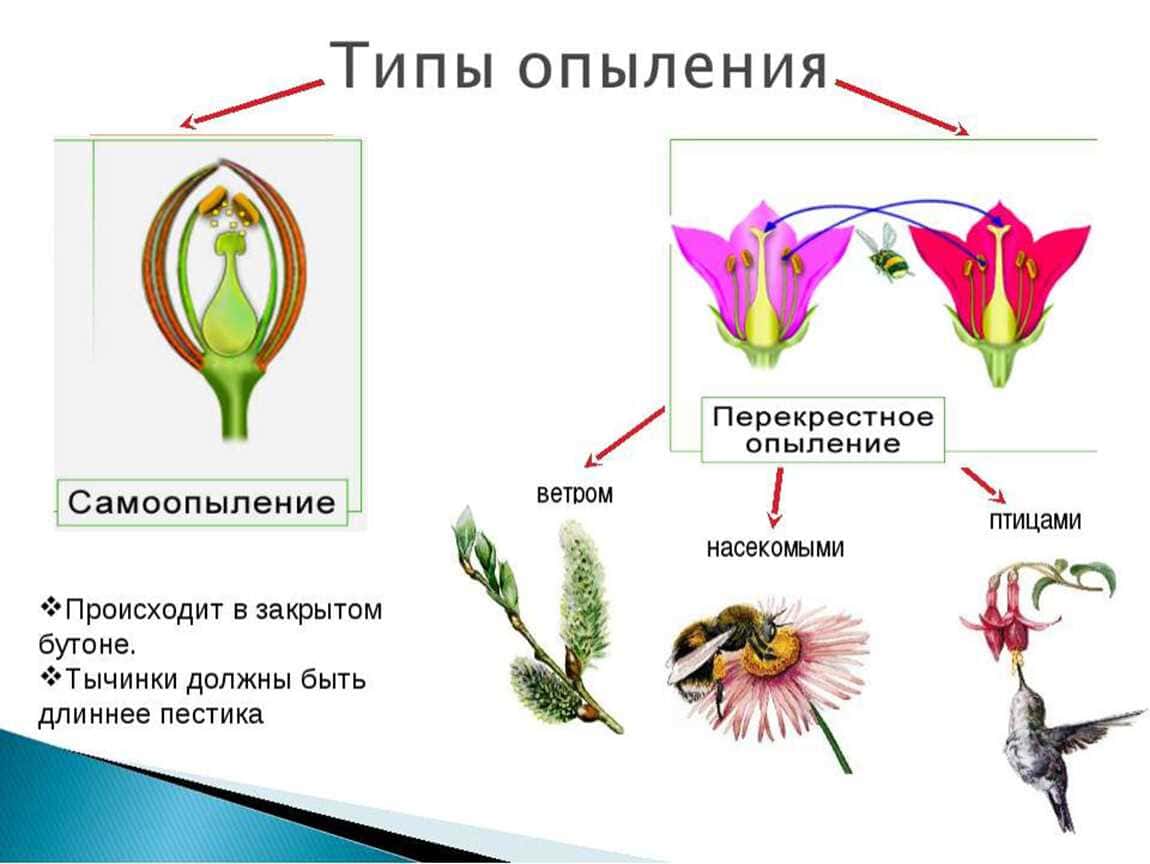
Butterflies are also a valuable food source for many other animals. Caterpillars, the precursor to butterflies, are food for birds, lizards, frogs, and other predators. Adult butterflies serve as food for spiders, birds and even some mammals. Thus, butterflies play an important role in the food chain and maintain the balance in nature.
Indicators of ecological balance
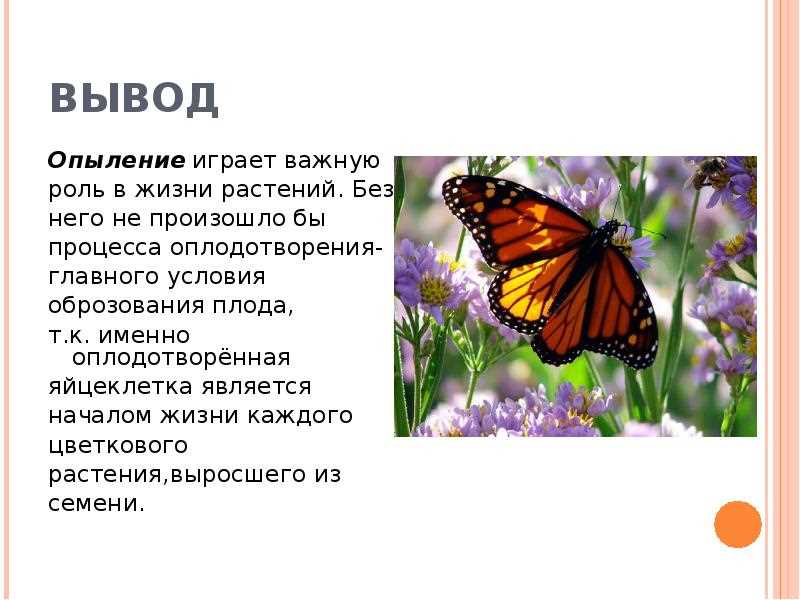
Butterflies can also serve as indicators of ecological balance in nature. Changes in the abundance and diversity of butterflies may indicate changes in the environment. For example, a decrease in the number of butterflies may indicate air pollution or the use of pesticides, which in turn may have negative consequences for other organisms and the ecosystem as a whole. Therefore, butterflies are important indicators of the health of the environment.
Pollination of flowers
Pollination of flowers is an important process that is carried out with the help of various pollinators, including butterflies. This process is an integral part of the life cycle of plants and contributes to their reproduction.
Butterflies are among the most efficient pollinators as they visit flowers in search of nectar. While visiting a flower, a butterfly accidentally touches the pollen that sticks to its body.
When a butterfly moves to another flower, some of the pollen remains on the back of the flower, which aids in the pollination of the plant. Thus, butterflies play an important role in preserving the diversity of the plant world and maintaining ecological balance.
The pollination of flowers by butterflies also contributes to the formation of fruits and seeds, which are food for many animals. In this way, butterflies not only help plants reproduce, but also create a food chain that includes various animal species.
The role of butterflies in the food chain
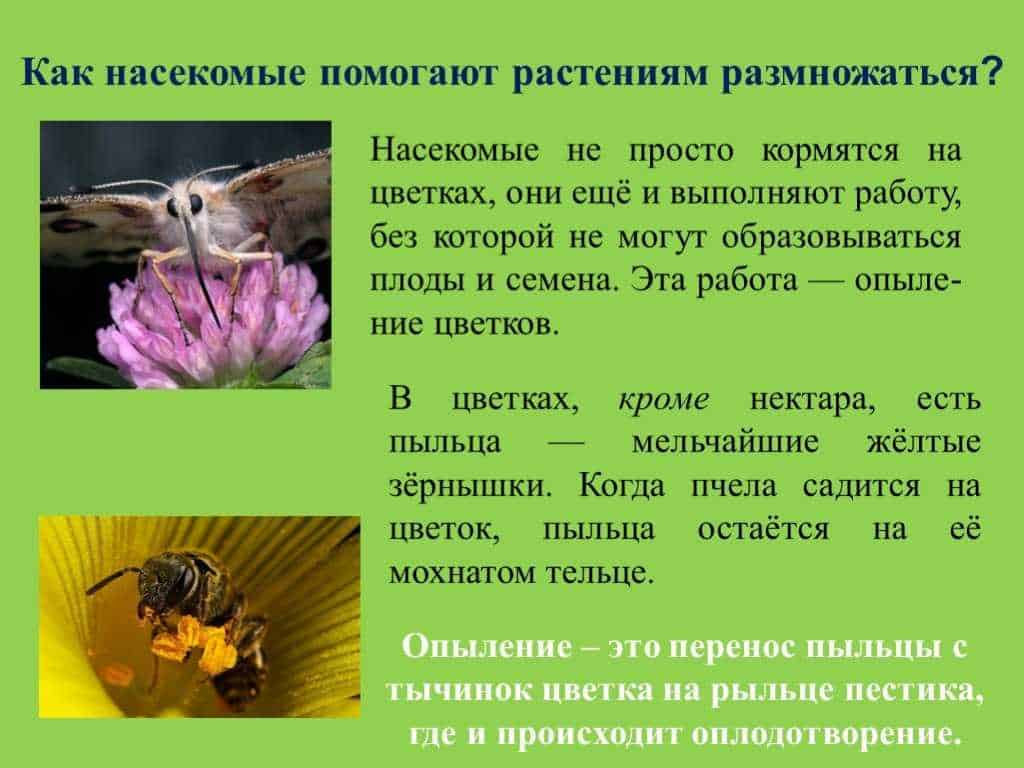
Butterflies play an important role in the food chain, being a food source for many other animal species. They are an excellent source of protein for birds, frogs and some mammals.
Butterflies in the larval stage are a particularly important link in the food chain. Their larvae, such as caterpillars, feed on vegetation, including leaves, shoots, and flowers. Due to this, they play the role of decomposers, participating in the process of decomposition of organic material and helping to return nutrients to the soil.
Butterflies also serve as a food base for a number of predators. Some birds, lizards, spiders and many other predators feed on butterflies and their caterpillars. Thus, butterflies are an important link in the food chain, supporting biodiversity and ecological sustainability in the ecosystems where they live.
Biodiversity conservation

Biodiversity plays an important role in maintaining ecosystem resilience and maintaining its functions. It is represented by a variety of plant and animal species that interact with each other and with the environment. Conservation of biodiversity is not only an important environmental task, but also of great importance for humanity.
One of the key factors influencing biodiversity conservation is plant pollination. Butterflies, as one of the main pollinators, play an important role in this process. They carry pollen from one flower to another, ensuring the fertilization and reproduction of plants. Thus, butterflies help to preserve the diversity of the plant world and maintain the ecosystem in balance.
In addition, butterflies are also food for many predatory insects, birds and mammals. Their presence and diversity contribute to a balanced diet in the ecosystem and the maintenance of food chains. Without butterflies, these animals may face a lack of food and their numbers may decrease, which will lead to an imbalance in the ecosystem.
To preserve biodiversity and provide favorable conditions for the development of butterflies, a number of measures must be taken. It is important to conserve and restore the natural habitats of butterflies, such as grasslands, forest areas and gardens with a variety of plants. You should also limit the use of pesticides that can negatively affect populations of butterflies and other beneficial insects. It is important to carry out information work and training in order to raise public awareness of the importance of biodiversity and the need for its conservation.
Importance for plant propagation
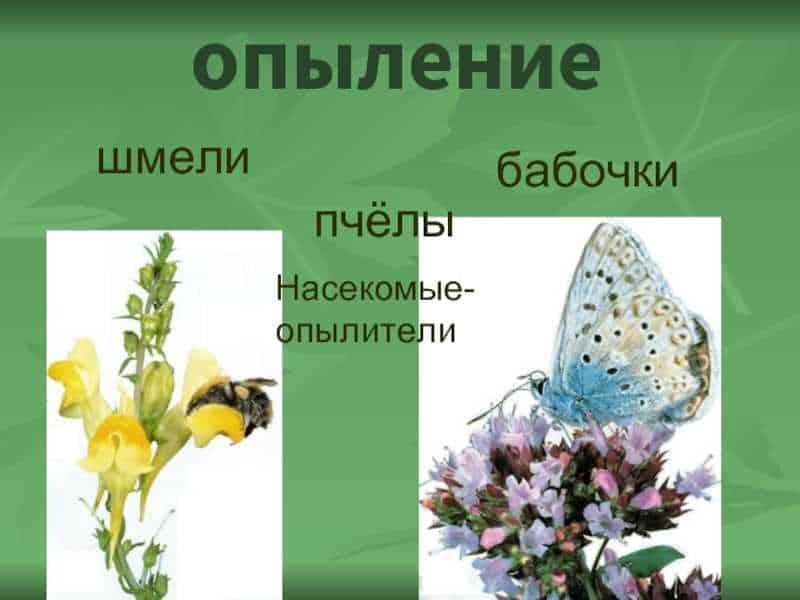
Butterflies play an important role in plant reproduction, especially those that depend on pollination to produce seeds and fruits. They are one of the main pollinators of plants and contribute to their reproduction.
Butterflies are attracted to flowering plants due to their ability to see and distinguish colors. They choose flowers that usually have the sweet nectar they need for nourishment. In the process of visiting flowers, butterflies carry pollen from one flower to another, which contributes to pollination.
Pollination of plants by butterflies is especially important for the conservation of diversity in the plant world. Thanks to them, various types of plants can multiply and be preserved. Butterflies also help spread plants by carrying their seeds on their legs or body.
In addition, butterflies are food for many animals such as birds, frogs, and lizards. This creates a food chain where butterflies are an important link. If the butterflies disappear, it can lead to ecosystem disruption and reduced soil fertility.
Thus, butterflies play an important role in plant reproduction and maintaining the biological balance in the ecosystem. Their presence contributes to the conservation of plant diversity and provides food for other animals in the food chain.
Seed spread
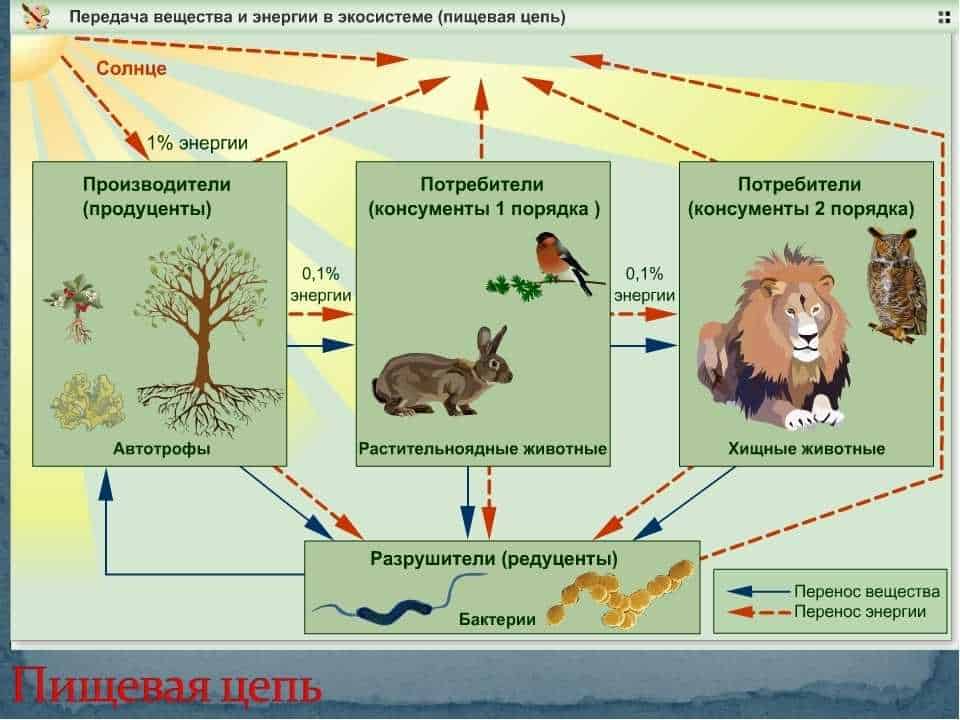
Butterflies play an important role in the dispersal of plant seeds. One way they help in this process is by carrying pollen between different flowers. When a butterfly visits a flower to feed on nectar, the pollen sticks to its body. Then, when the butterfly moves to another flower, some of the pollen remains on the new flower, which contributes to its pollination and the subsequent formation of seeds.
In addition, some species of butterflies can disperse seeds through their larvae. For example, testes butterflies lay their eggs on the leaves of plants. When the larvae hatch, they begin to feed on the leaves and stems of the plant, as well as seeds if available. In the process of their development, the larvae move through the plant, spreading the seeds along the way.
Some species of butterflies can also spread seeds through their feces. When a butterfly feeds on a plant, it excretes excrement, which may contain undigested seeds. These excrement can fall to the ground and serve as a source of new plants if the conditions for their germination are suitable.
Thus, butterflies play an important role in the dispersal of plant seeds, helping them to reproduce and persist in the ecosystem. Their impact on biodiversity and balance in nature cannot be underestimated.
Assistance in the conservation of rare plant species
Butterflies play an important role in the conservation of rare plant species. They are an integral part of the ecosystem and perform the function of pollinators. Many plants depend on butterflies for their reproduction and continued species diversity.
Butterflies pollinate rare plant species by carrying pollen from one flower to another. This helps plants form seeds and reproduce. Without the participation of butterflies, these plants could suffer from a lack of pollination and eventually become extinct.
In addition, butterflies help in dispersing the seeds of rare plant species. They may carry seeds on their legs or body and then drop them to new locations when visiting other flowers. This promotes habitat diversity and increases the survival chances of rare plants.
Also, butterflies draw attention to rare plant species. Their bright colors and unusual shapes attract the attention of people and contribute to the conservation and protection of these plants. Thanks to butterflies, we can learn about the existence and uniqueness of rare plant species and take measures to protect them.
In general, butterflies play an indispensable role in the conservation of rare plant species. They help in pollination, seed dispersal and draw attention to these plants. Without the participation of butterflies, many rare plant species could disappear, so it is important to preserve and protect their habitats and provide favorable conditions for their development.
The influence of butterflies on the ecosystem
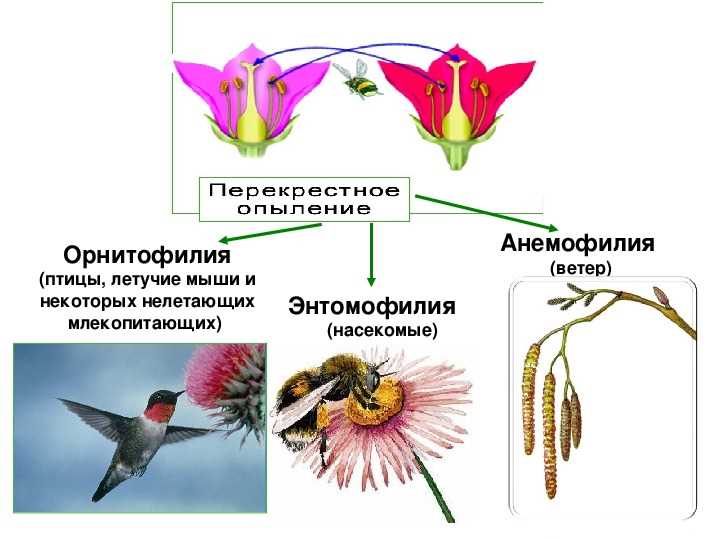
Butterflies play an important role in the ecosystem, influencing various aspects of the life of plants and other organisms. They are among the most efficient pollinators, carrying pollen between flowers and promoting plant reproduction. Through this process, butterflies help conserve biodiversity and enrich the ecosystem.
In addition to pollination, butterflies also serve as a food chain, serving as prey for other animals. They are a food source for birds, frogs, lizards and other predators that live in the environment. Thus, butterflies are involved in maintaining the balance of the population and the preservation of the ecosystem as a whole.
Butterflies also play an important role as indicators of ecological status. Changes in the abundance and diversity of butterflies can indicate changes in the environment and the presence of environmental problems. Monitoring the butterfly population allows you to assess the health of the ecosystem and take the necessary measures to preserve it.
Thus, butterflies play not only an aesthetic role, decorating nature with their bright wings, but also perform important functions in the ecosystem. They help in the pollination of plants, serve as a food source for other animals, and are indicators of the ecological state. Therefore, the conservation of butterflies and their habitats is essential to maintain a balance in nature.
Butterflies as indicators of ecological state
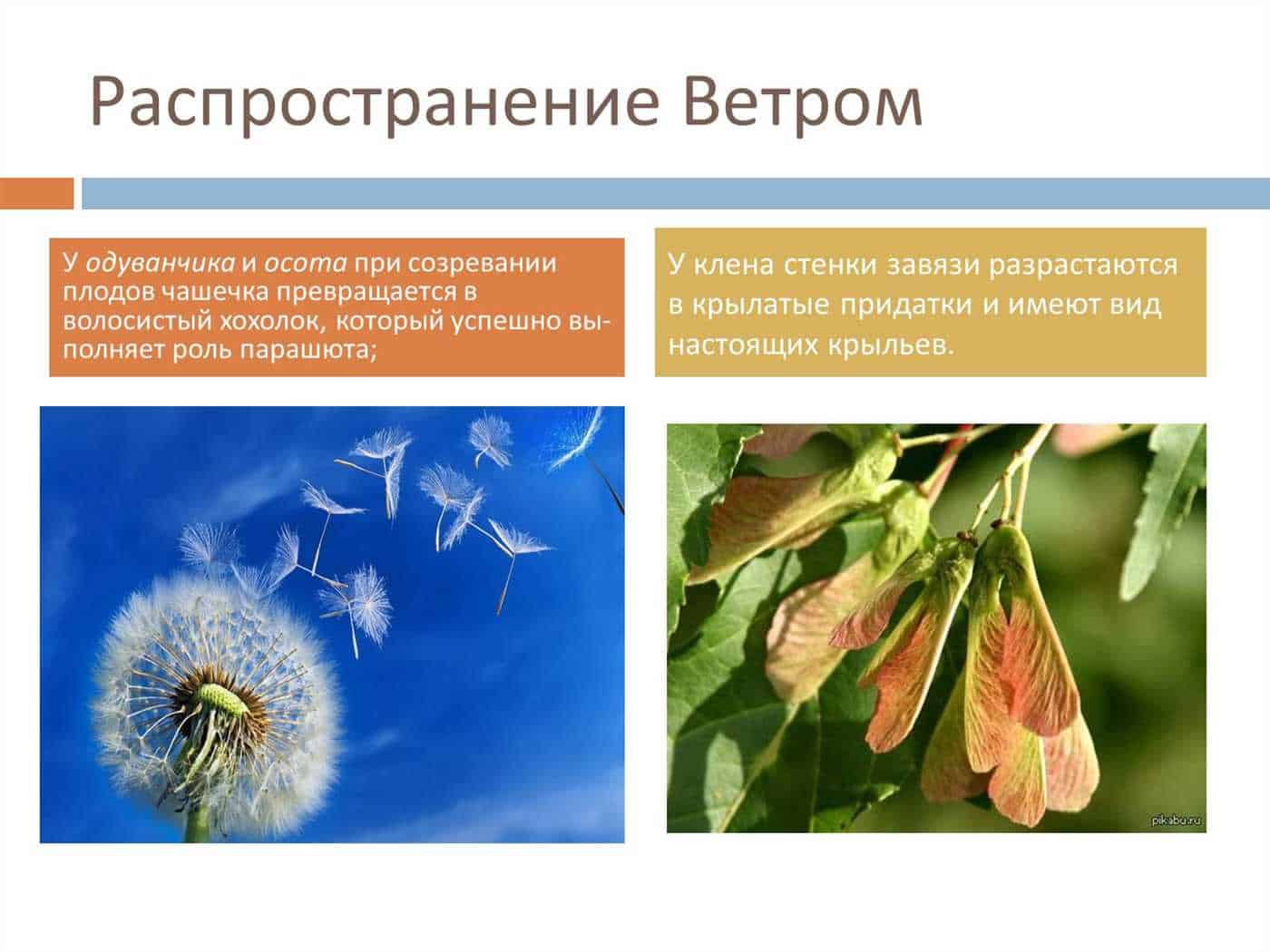
Butterflies are important indicators of ecological health because they respond to changes in the environment and can serve as indicators of the health of an ecosystem. Changes in butterfly populations and species diversity can indicate habitat problems and problems in the ecosystem as a whole.
One of the most significant factors affecting butterflies is the loss and destruction of their natural habitats. They are often specialists in certain plants, and if their habitats are destroyed or their food plants disappear, then butterfly populations can decline or disappear entirely.
The increased use of pesticides and other chemicals is another threat to butterflies. They are very sensitive to poisons and even small amounts of pesticides can have serious consequences for their populations. Therefore, monitoring butterfly populations can help determine the level of pollution in the environment and take action to eliminate it.
Research shows that changes in butterfly populations and species diversity may also be linked to climate change. Global warming and changing weather patterns can affect their migration, reproduction, and food availability. Therefore, observing butterflies can help in assessing the impact of climate change on an ecosystem.
In general, butterflies play an important role in ecological monitoring and are valuable indicators of the state of the environment. Their study and protection help us understand and overcome the threats faced by ecosystems and preserve biodiversity for future generations.

